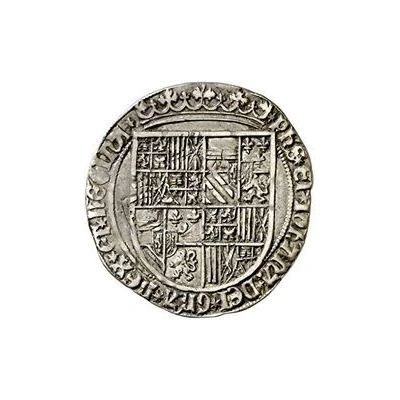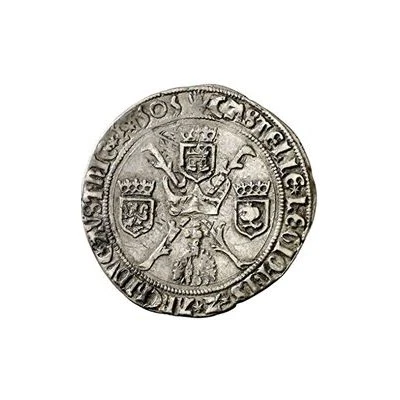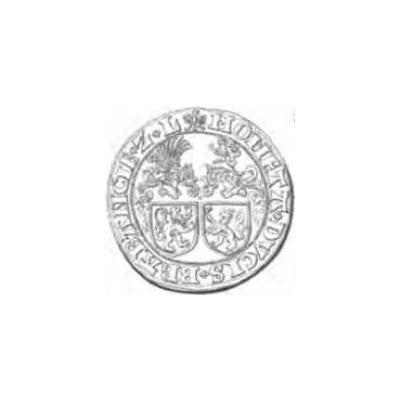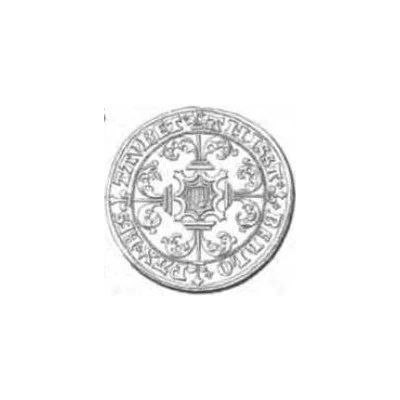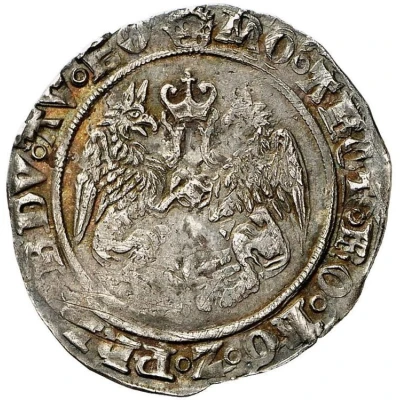
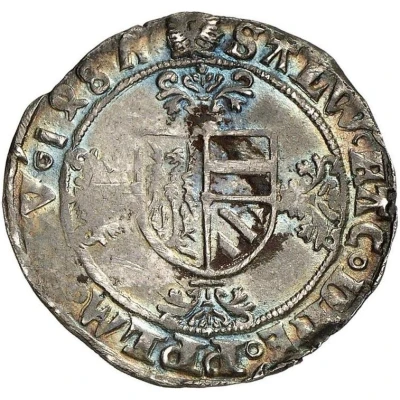

© Fritz Rudolf Künker GmbH & Co. KG, Osnabrück and Lübke & Wiedemann KG, Leonberg
2 Griffons - Philip the Handsome, Regency
1487 year| Silver (.930) (decreased to 0.861 in 1488) | 3.6 g | - |
| Issuer | Duchy of Brabant (Belgian States) |
|---|---|
| Regent | Philip III the Handsome (1482-1494) |
| Type | Standard circulation coin |
| Year | 1487 |
| Value | 2 Griffons (8) |
| Currency | Groot (1183-1506) |
| Composition | Silver (.930) (decreased to 0.861 in 1488) |
| Weight | 3.6 g |
| Shape | Round (irregular) |
| Technique | Hammered |
| Demonetized | Yes |
| Updated | 2024-10-04 |
| Numista | N#309540 |
|---|---|
| Rarity index | 100% |
Reverse
Shield of Austria-Burgundy over a floriate cross
Script: Latin
Lettering: SALW' FAC DNE PPLM' TVV'
Comment
Coins minted in Antwerp (Witte 558) have the Antwerp mint mark (a hand) instead of the crown at 12:00 obverseBy a decree of 20 April, 1487, Maximilian tried to establish a new currency system in the Burgundian Netherlands based on the gold real (14.4 g. pure gold) and the silver real (7.0 grams 0.900 fine), with the equivalents 1 gold real = 24 silver reals; 1 silver real = 4 griffons (1.75 g., 0.88 fine) = 24 groats (1.24 g., 0.200 fine). By the time the first Brabant coins were struck in July, 1487, the values had changed to 1 silver real (7.2 g.) = 4 griffons (3.35 g. , 0.480 fine)= 16 groats (1.81 g., 0.214).
These types were produced for less than two years, and were replaced by types resembling earlier issues (groats and their fractions, patards, briquets, etc.).
According to deWitte, 616,636 coins were issued in a first emission at both mints 5 July 1487 - 3 June 1488, and an additional 1,706,018 in a second emission only at Mechelen 7 June to 19 November 1488. Despite these large mintages for the time, it is a rare type.
Interesting fact
One interesting fact about this coin is that it features two griffins, which were mythical creatures with the body of a lion and the head and wings of an eagle. Griffins were often depicted in medieval art and were associated with strength, courage, and protection. The use of griffins on this coin may have been intended to symbolize the power and authority of the Duchy of Brabant.
